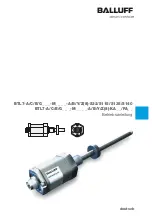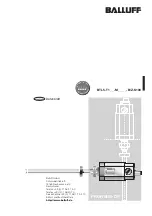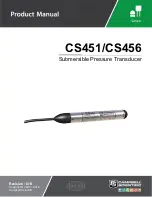
HC3
9 / 28
User Manual
Rev. 1.0L - 16/05/01
5. Installation and use
This chapter is intended to summarize the necessary points for the installation of
the device. In case any of the arguments is unclear, for example when you use the
combiner for the first time, we suggest to carefully read the whole manual.
5.1
Preparation
Unpack the HC3 and before any other operation check the unit for any shipping
damage; in particular, check that all the controls and connectors on the front and
rear panels are in good conditions.
If it is necessary, check the integrity and the value of the fuse inside the voltage
changer block; the required fuse type is:
•
1Aux
4A 5X20 Mains
4A 6X30 (220-240V)
•
1Aux
4A 5X20 Mains
4A 6X30 (100-120V)
Connect the RF output cable of the exciter to the N-type input of the splitting
section of the combiner. Connect three cables between the output N connectors
of the splitting section of the combiner and the RF input of three suitable amplifiers.
Connect three cables between the RF output of the amplifiers and the input
connectors of the combining section of the coupler.
Connect the output connector of the combining section to the antenna feeder or to
a dummy load with a power rating suitable for your application. Link, using a coaxial
cable, the BNC “Alarms/Interlock” connector to the “Interlock” connector of the
exciter. Connect the “Feed back” connector to the “EXT AGC” input of the exciter,
if such a functionality is present (described in the documentation of the transmitting
station).
The hybrid coupler shall be mounted in one rack that contain a anti-strap device to
not expose accidentally the mains conductors.
ATTENTION: It is essential that the unit is properly earthed to ensure both the
safety of operation as well as the correct working of the equipment.
5.2
Operation
To perform its intended pourpose, the HC3 is always used in a transmitter
comprising an exciter and three RF amplifiers. In the following description, we will
in general refer to these external devices.
As soon as the HC3 is supplied, verify that the ON LED is lit. The LCD display
shows a presentation screen, and after a few seconds it will pass to the default
screen, showing the values of the forward and reflected power.
Switch the exciter on (at its minimum power level) and wait for it to lock on the
working frequency. When the PLL has locked, progressively increase its output














































